Animal migrations are some of the natural world’s most awe-inspiring spectacles, highlighting the endurance and navigation skills of various species. From immense herds crossing continents to oceanic travelers making intricate journeys, migrations showcase nature’s relentless drive for survival. These epic trips, often spanning thousands of miles, are essential for breeding, feeding, and adapting to seasonal changes. Here are 13 of the most remarkable animal migrations, offering a glimpse into the complex lives of these travelers.
1. Monarch Butterflies’ Cross-Continent Journey
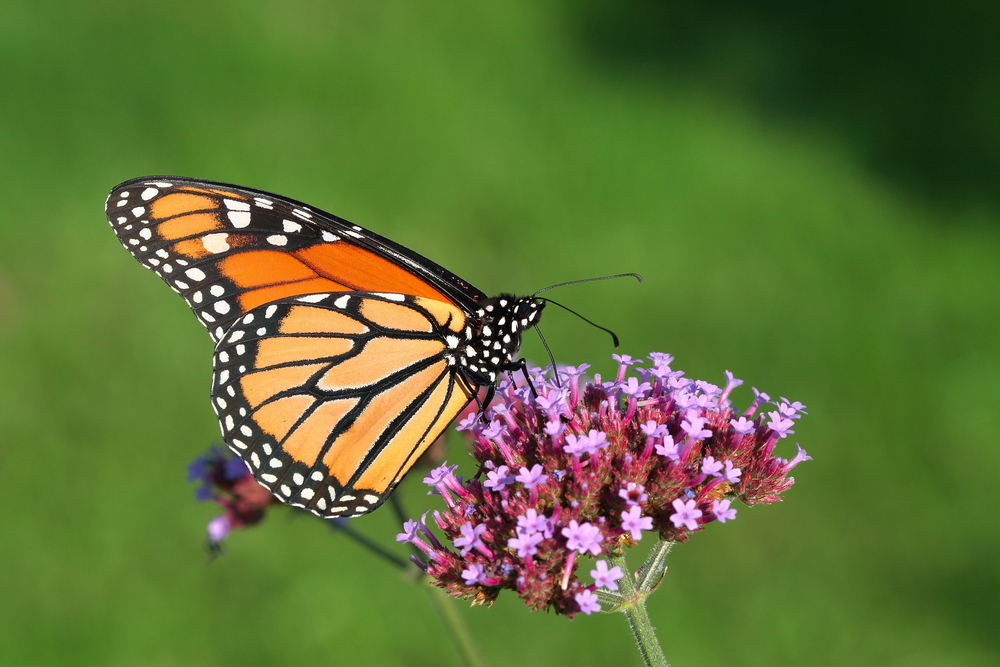
Each fall, monarch butterflies embark on a 3,000-mile migration from North America to central Mexico. These delicate insects form dense clusters to survive winter, relying on instinct and endurance to navigate this epic journey. The migration is generational, with multiple butterfly generations required to complete the round trip, a phenomenon that amazes scientists and nature enthusiasts alike.
2. The Serengeti Wildebeest Migration
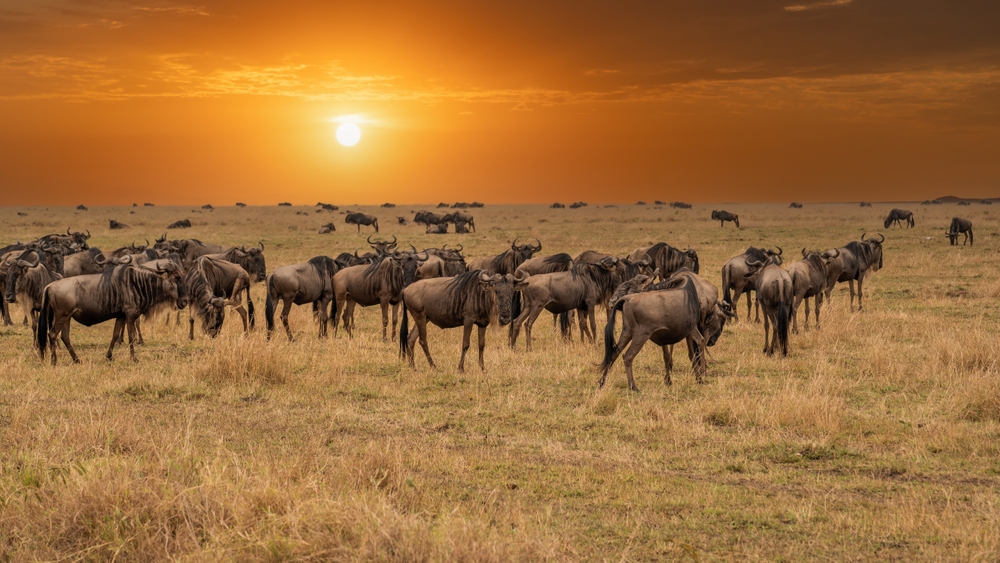
One of nature’s grandest events, the Serengeti migration sees over a million wildebeest, along with zebras and gazelles, making a circular trek across Tanzania and Kenya. Driven by the need for fresh grazing grounds and water, these animals brave predators and treacherous river crossings. The synchronized movement of such vast numbers is a powerful display of survival and interconnectedness in the animal kingdom.
3. Great White Sharks’ Pacific Ocean Voyage
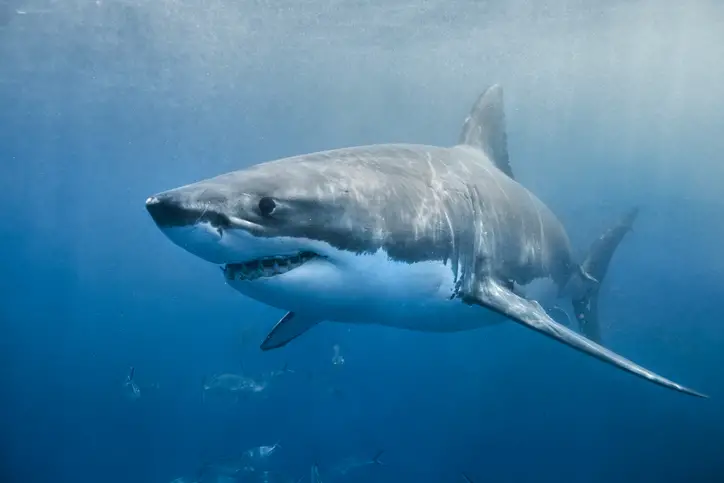
Great white sharks migrate an astonishing 2,500 miles between California and Hawaii, showcasing endurance and strength. This migration is essential for reproduction and feeding, as the sharks move between cold, nutrient-rich waters and warm breeding grounds. This journey highlights the vital balance sharks maintain between survival and reproduction in their marine habitats.
4. Humpback Whales’ Long-Distance Travel
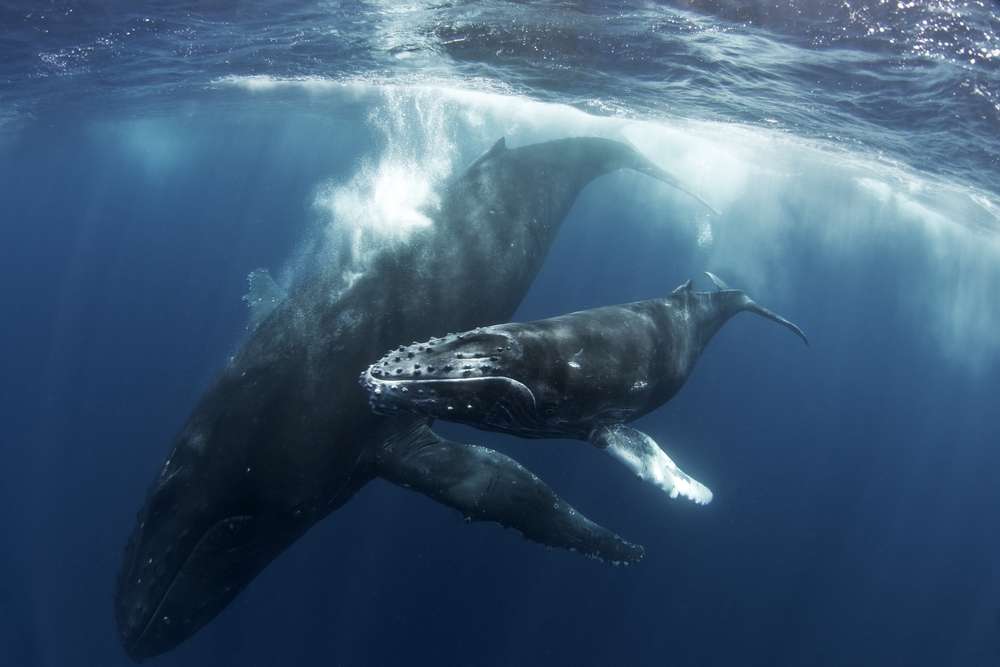
Humpback whales undertake a 5,000-mile journey from Antarctica’s icy waters to warm breeding grounds near Australia and the Pacific Islands. These migrations allow humpbacks to feed in nutrient-dense cold waters before moving to warmer areas to give birth, showing how these giants adapt to the seasonal needs of survival and reproduction in diverse environments.
5. Arctic Terns’ Polar Expedition

The Arctic tern has the longest migration of any bird, traveling from the Arctic to Antarctica and back each year. This round trip of about 18,000 miles allows them to enjoy more daylight than any other creature, making the Arctic tern an incredible example of endurance and navigation, as they continually chase summer across the globe.
6. Bar-Tailed Godwit’s Non-Stop Marathon
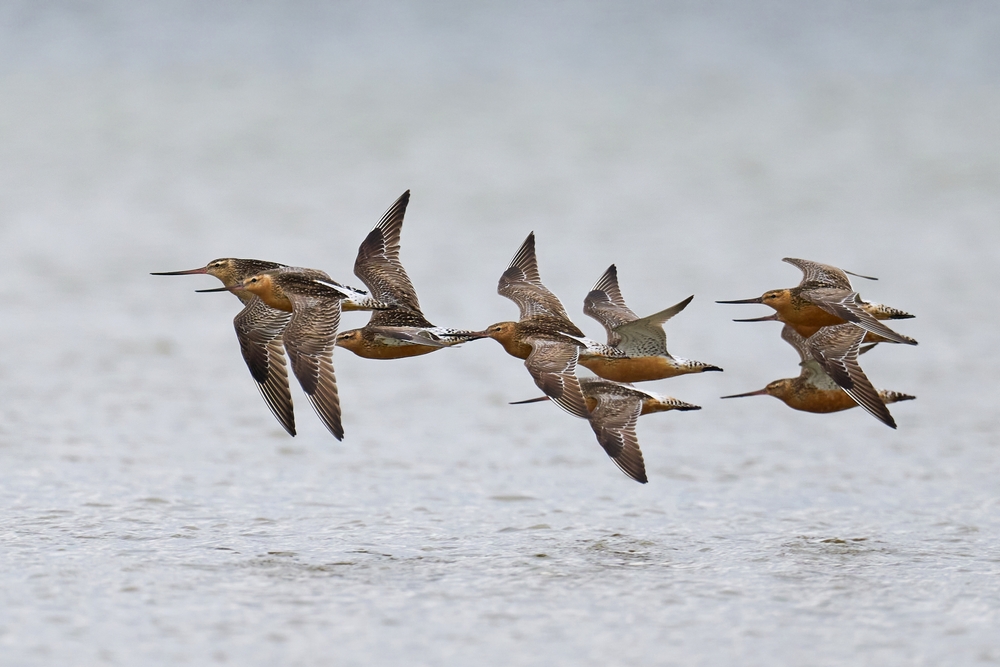
Known for its impressive stamina, the bar-tailed godwit flies over 7,000 miles non-stop from Alaska to New Zealand. This long-distance journey, taken without a single rest, relies on the bird’s sophisticated navigation skills, showcasing an extraordinary feat of endurance in the animal kingdom.
7. Gray Whale’s Coastal Adventure
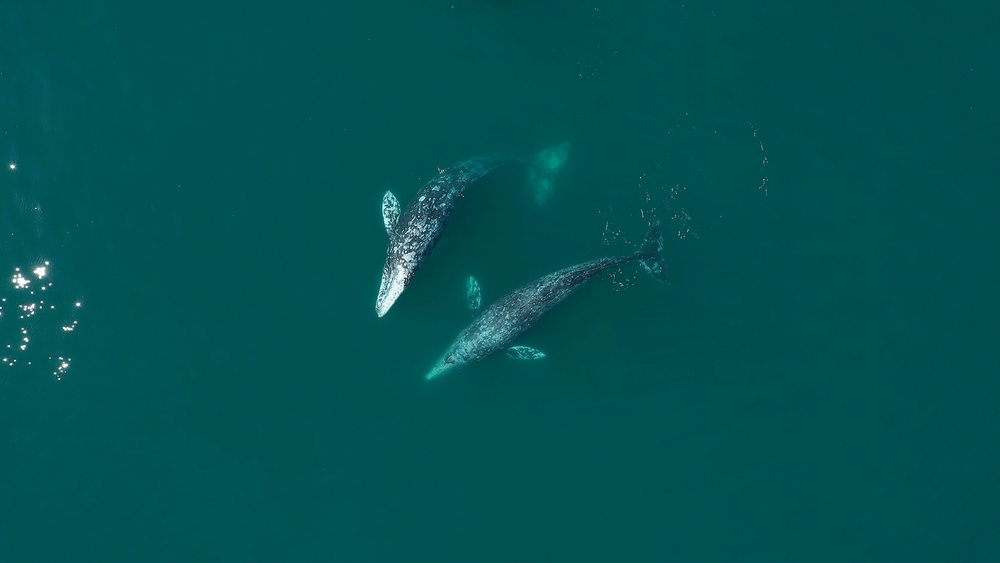
Gray whales journey along the North American coast, migrating up to 12,000 miles round-trip between feeding grounds in the Arctic and breeding lagoons in Mexico. Known for being friendly toward humans, these whales face various challenges on their journey, including navigating coastal waters and avoiding predators like orcas.
8. Sooty Shearwater’s Ocean Loop
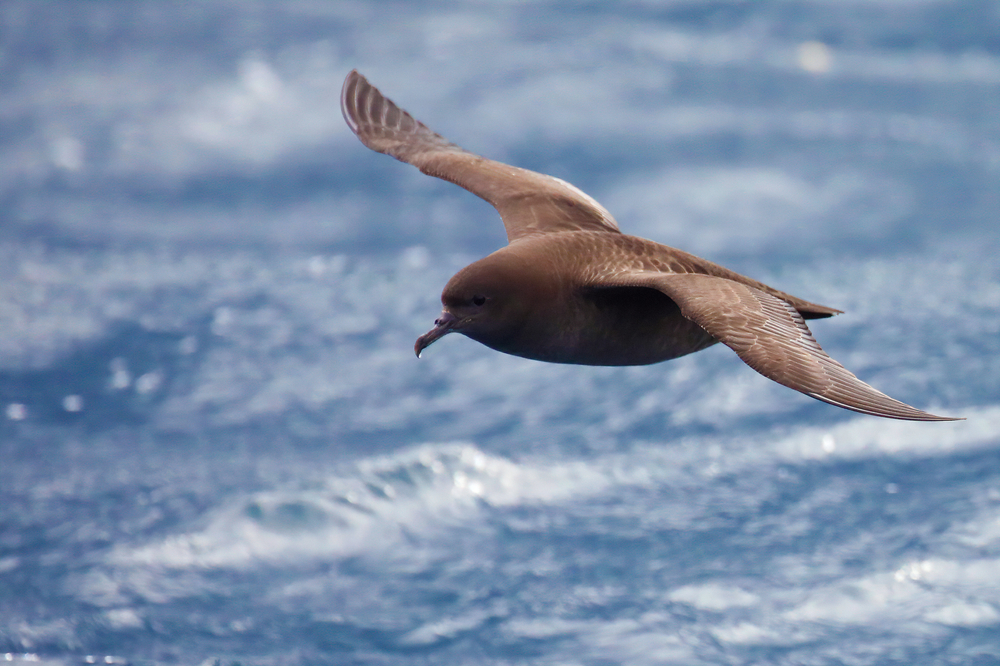
Sooty shearwaters fly around 40,000 miles annually, looping from New Zealand to North America. This massive circular migration is one of the longest recorded among birds, and they rely on ocean currents and wind patterns to conserve energy. Their vast migration showcases the interconnectivity of ocean ecosystems and the seabirds that traverse them.
9. Caribou’s Arctic Trek
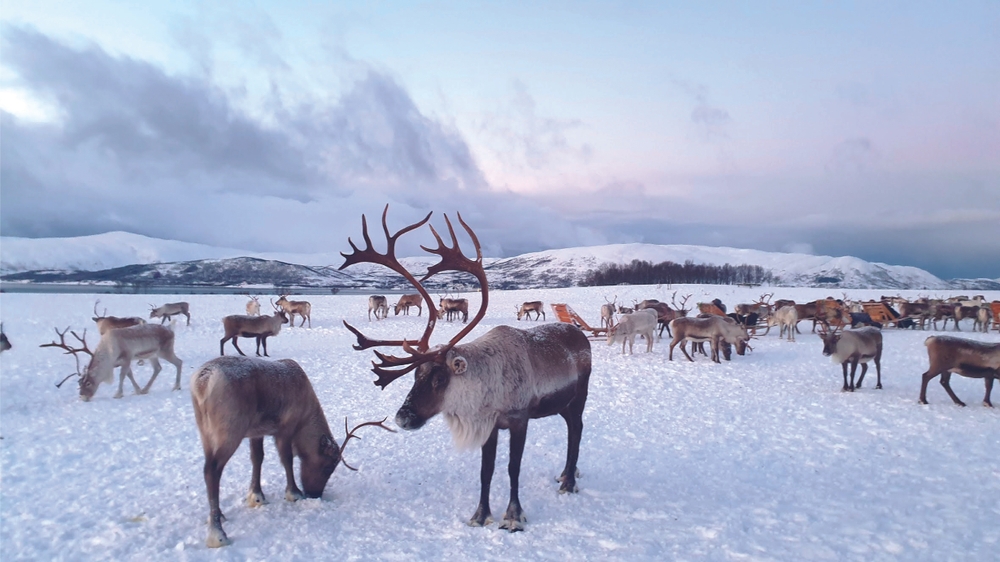
Caribou, also known as reindeer, migrate up to 3,000 miles annually in North America’s Arctic tundra, moving between wintering grounds and calving sites. This large-scale migration is essential for survival, as caribou follow food sources and evade predators. Their migratory patterns shape the landscapes they cross, affecting ecosystems far and wide.
10. Green Sea Turtles’ Oceanic Pilgrimage
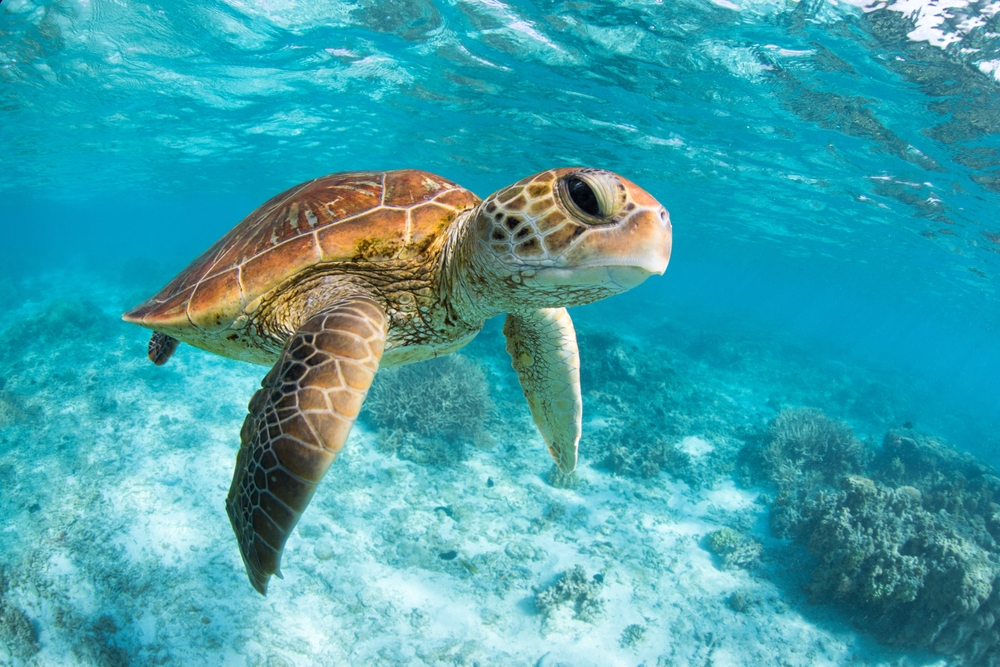
Green sea turtles navigate thousands of miles between feeding and nesting sites, often returning to the exact beach where they were born. Their migration relies on a unique internal compass that allows them to navigate across open ocean. This journey is vital for their survival, as they balance feeding in nutrient-rich waters with nesting in safe coastal areas.
11. Red Crab Migration on Christmas Island
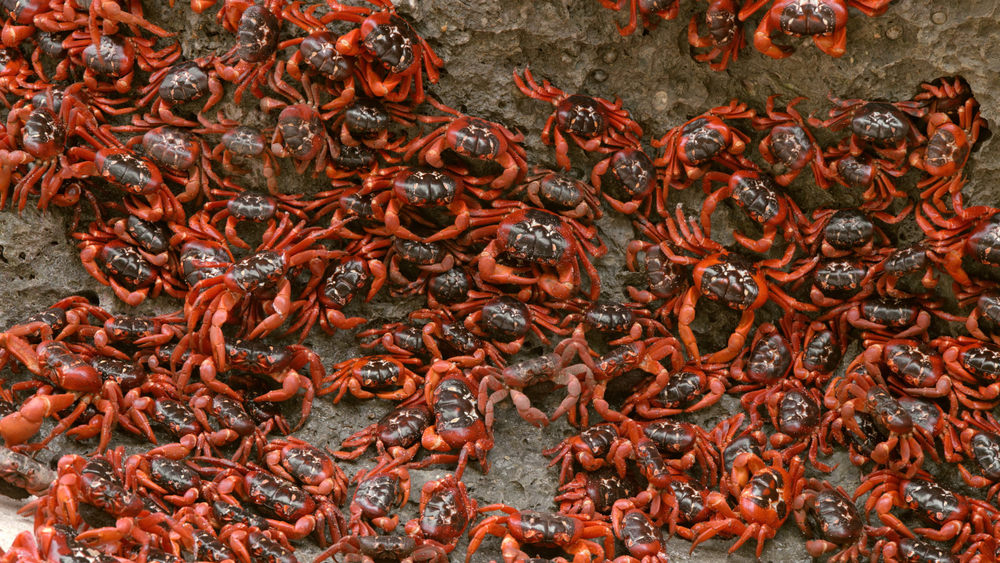
Each year, millions of red crabs migrate from Christmas Island’s forests to the ocean to breed. This mass movement transforms the island as crabs cross roads and paths en route to the coast. The migration, synchronized with the monsoon season, is a mesmerizing natural event that showcases the determination and instinct of these land crabs.
12. Zebras’ Namibia-Botswana Route
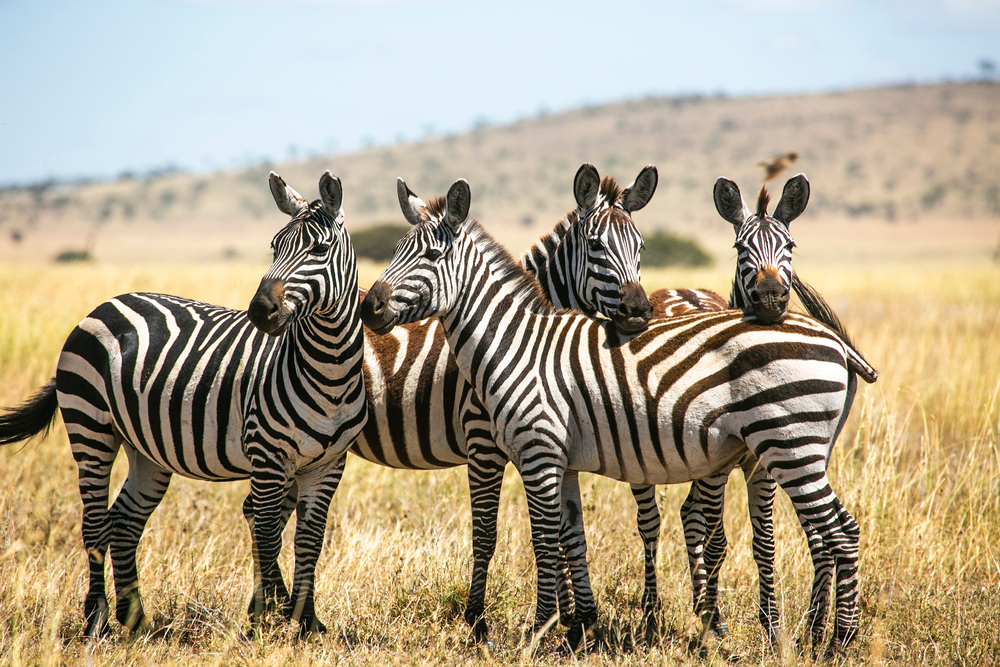
Zebras undertake the longest-known terrestrial migration in Africa, spanning over 300 miles across Namibia and Botswana. They travel seasonally to find fresh grass and water, helping maintain healthy ecosystems along their route. This migration underscores the adaptability and resilience of zebras in navigating challenging landscapes to ensure survival.
13. European Eel’s Epic Migration to the Sargasso Sea
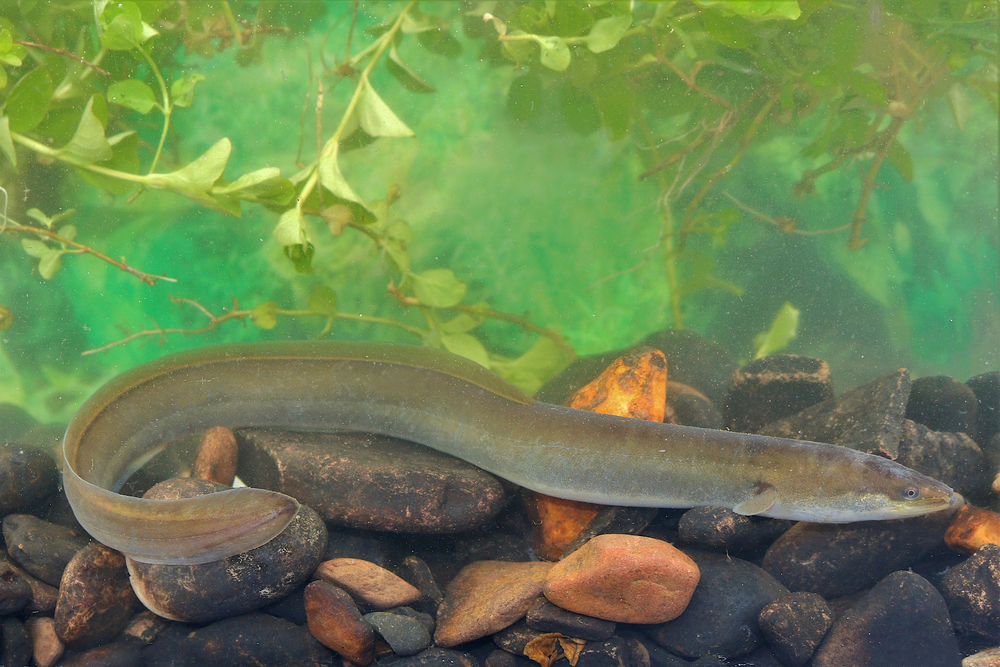
The European eel travels over 3,700 miles from Europe’s rivers to the Sargasso Sea to breed. The journey, which spans decades for some eels, remains one of the ocean’s most mysterious migrations. After breeding, eels die, but their larvae journey back to Europe, showcasing one of nature’s most extraordinary and complex life cycles.
